View in your browser |

|
|
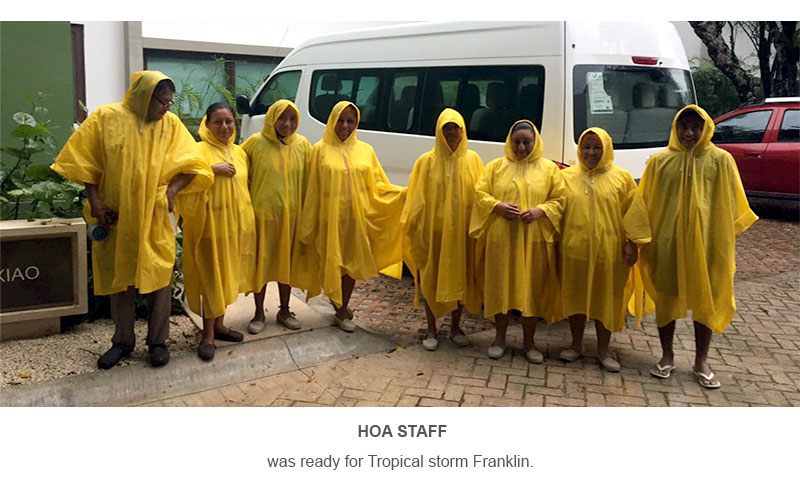 |
|
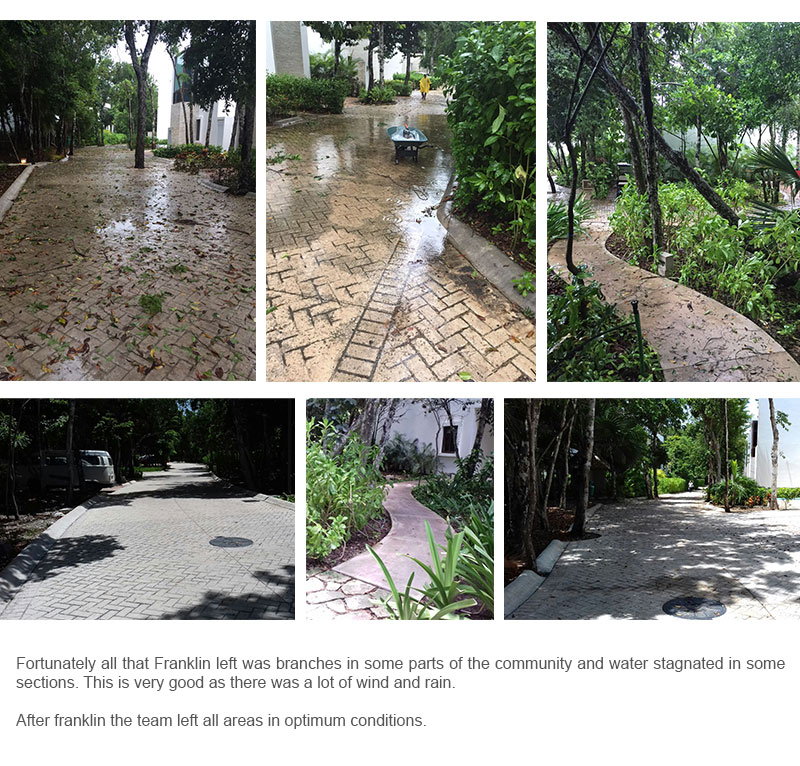 |
|
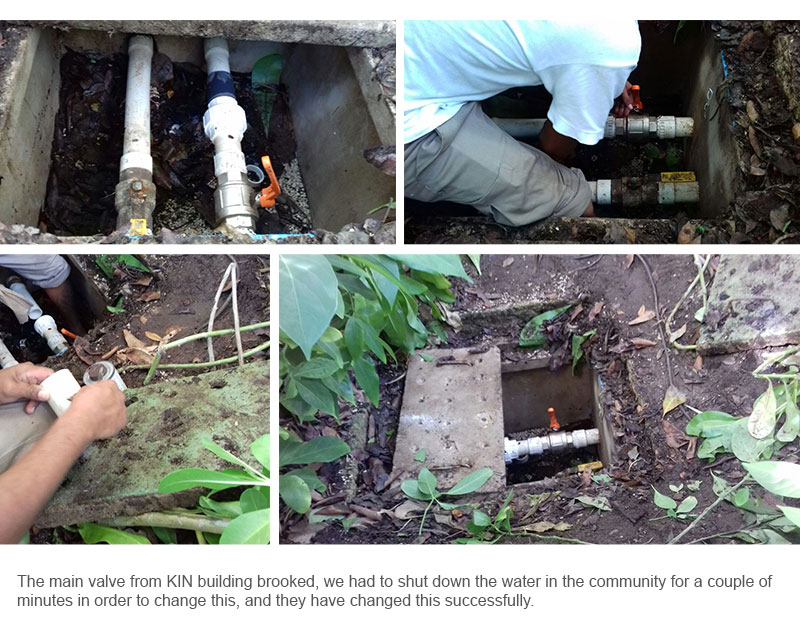 |
|
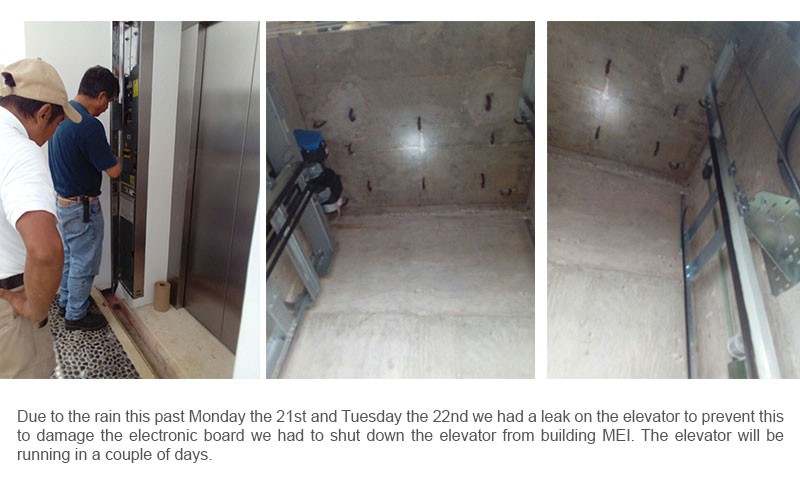 |
|
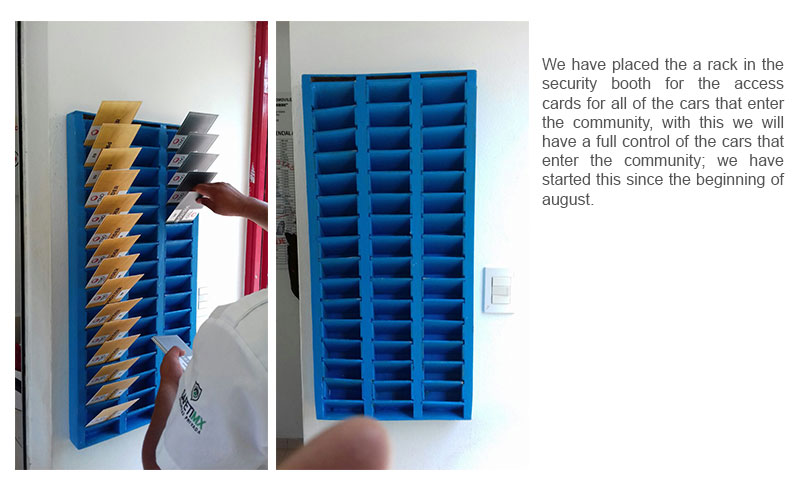 |
|
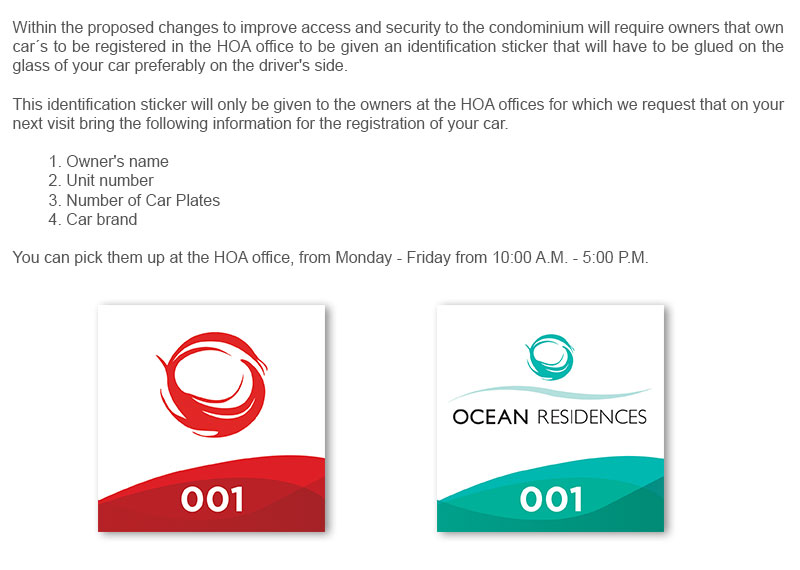 |
|
 |
|
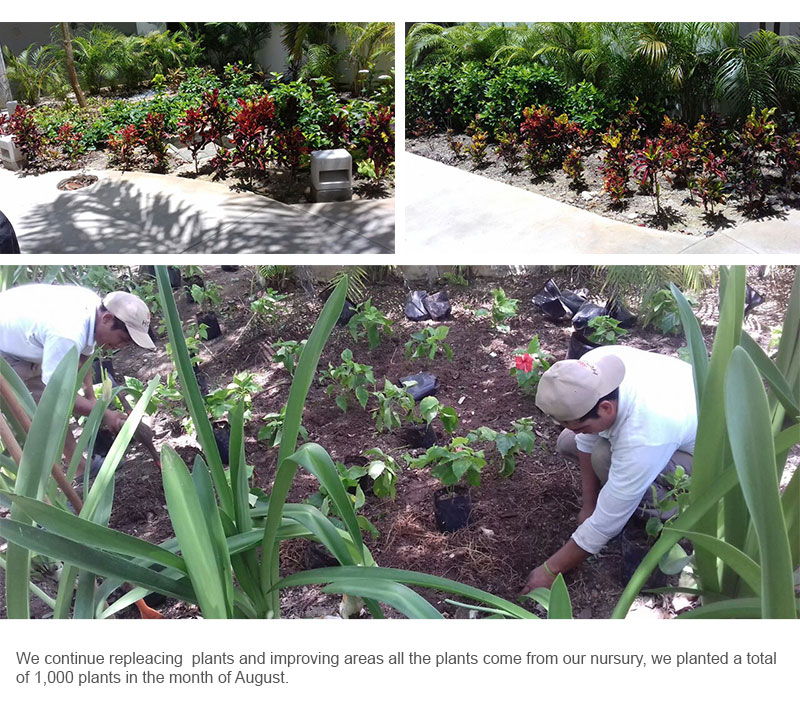 |
|
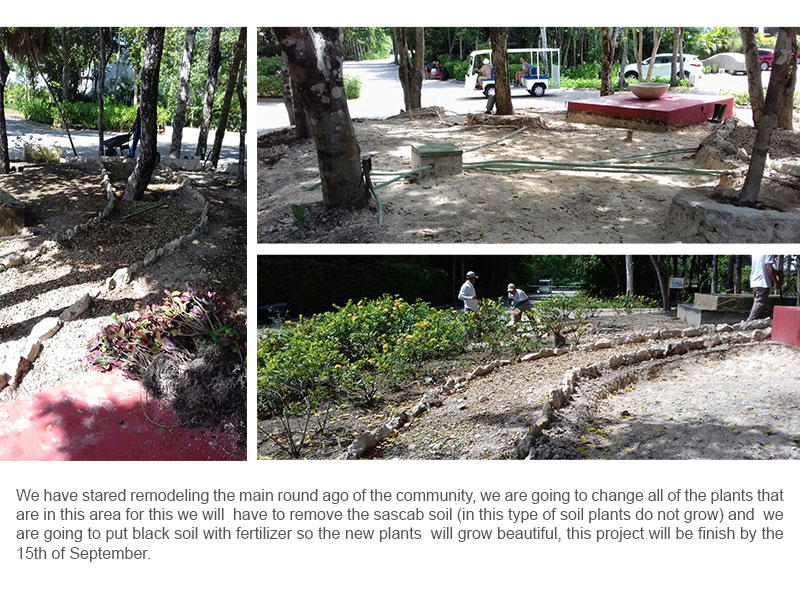 |
|
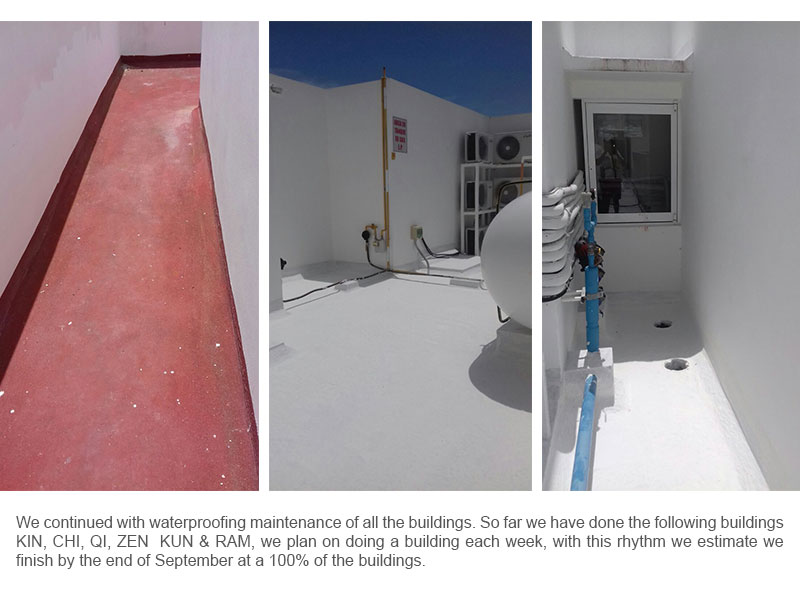 |
|
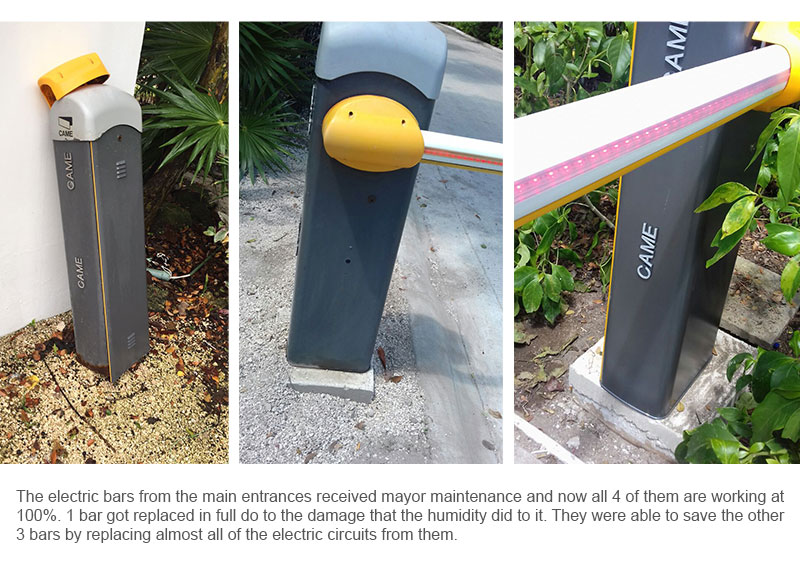 |
|
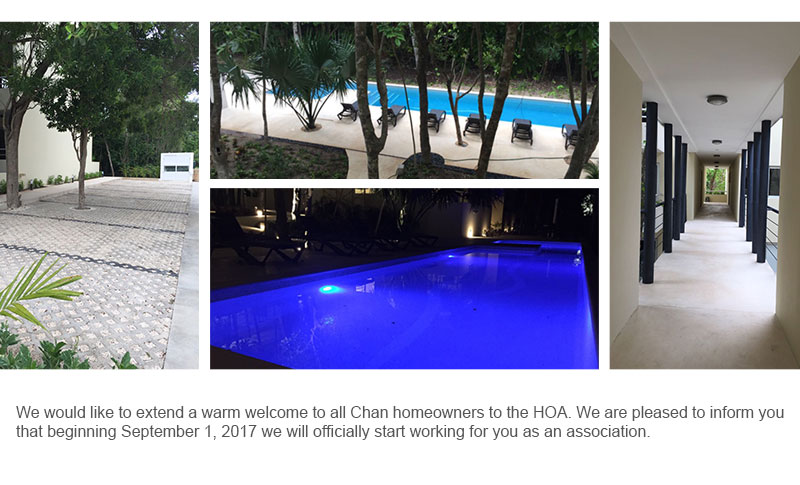 |
|
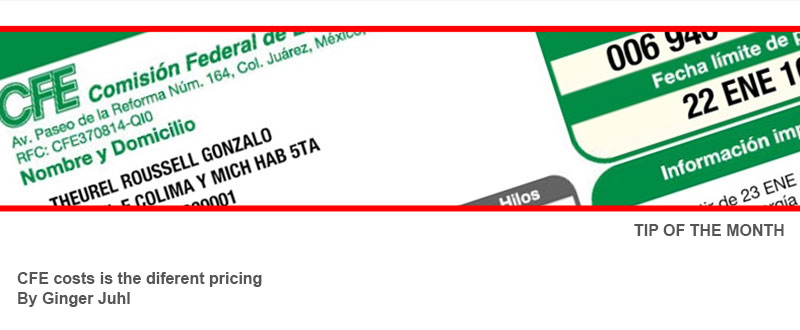 |
| |
The is always lots of talk about electric meters and electricity costs in Mexico. So, how different is it from the USA?
One of the complex things about the CFE costs is the different pricing. There are two general tariffs in Playa (and also Akumal and Tulum), the 1B and the DAC. The 1B provides cheaper “subsidized" power for lower income families who use less power. This is very important when you consider the Mexican wage for many Mexican families, especially in rural areas. The DAC tariff is unsubsidized so it is much more like a Canadian or American billing system.
Within these two tariffs, there are four different rates per kilowatt hour (kWh). As you use more power, you move up through the rates so your power gets more expensive per kWh as you use more. If you regularly use more than 400kWh per month (800kWh per billing period), you move to the DAC tariff, and all your electricity is at the one high price per kWh rates. The rates in the tariffs also change a little on a monthly basis depending on things like oil prices, but the current rates (August 2017) are:
- 1B Basico - $0.69 peso per kWh or 4¢ US per kWh
- 1B Intermedio - $0.822 peso per kWh or 5¢ US per kWh
- 1B Excedenete - $02.80 peso per kWh or 16¢ US per kWh
- DAC Basico - $4.04 peso per kWh or 25¢ US per kWh
To get a better understanding of the 1B tariff, you pay $0.7 peso per kWh or 4¢ US per kWh for the first 250 kWH, $0.82 peso per kWh or 5¢ US per kWh for the next 200kWh and then $02.80 peso per kWh or 16¢ US per kWh for the next 350 kWh. The bill in pesos for 800 kWh would be $172 + $165 + $980 = $1317 pesos plus tax. In US dollars, this would be approximately $10.00 + $10.00 + $56.00 = $76 plus tax.
If you are on the DAC, the same 800 kWh is 800 X 4.04 or $3,232 pesos or $181 US dollars.
So 800 kWh at the 1B rate is $76 US and at the DAC rate it’s $181.
It’s a huge difference so it’s a shock to people if they use more power than the 1B rate allows and wind up getting switched to the DAC.
Comparing this to the US, let’s consider Florida because it has a similar climate. In Florida, the average cost per kWh is 11.5¢ US per kWh. If you use 800 kWh X 11.5¢ = $92 or about $16 more than you would pay in Mexico if you are on the 1B tariff. If you compare 800 kWh on the DAC rate to the US rate the monthly totals are $181 to $92 so Mexico is double the US cost.
In Florida, where air conditioning is common, the average monthly consumption is 1,100 kWh per month. The cost for this in Florida is $126 per month or in terms of bill in Mexico which come every 2 months, $252. The same two months of power if purchased in Mexico would cost $550 US dollars.
NOTE that CFE pricing policies include different rate categories for different towns that are based on average minimum summer temperatures. The temperatures thresholds are:
- Rate 1A - 25°C
- Rate 1B - 28°C
- Rate 1C - 30°C
- Rate 1D - 31°C
- Rate 1E - 32°C
- Rate 1B - 33°C
Playa, Tulum and Akumal are in the 1B category, though some argue that they should be 1C or even 1D, which would more than double the amount of power we could consume before being moved to the DAC tariff. There are a few groups pushing for the change which, if enacted, would result in electricity prices very similar to those paid in Florida (instead of double the price).
"Anonymous"
|
|
|
|
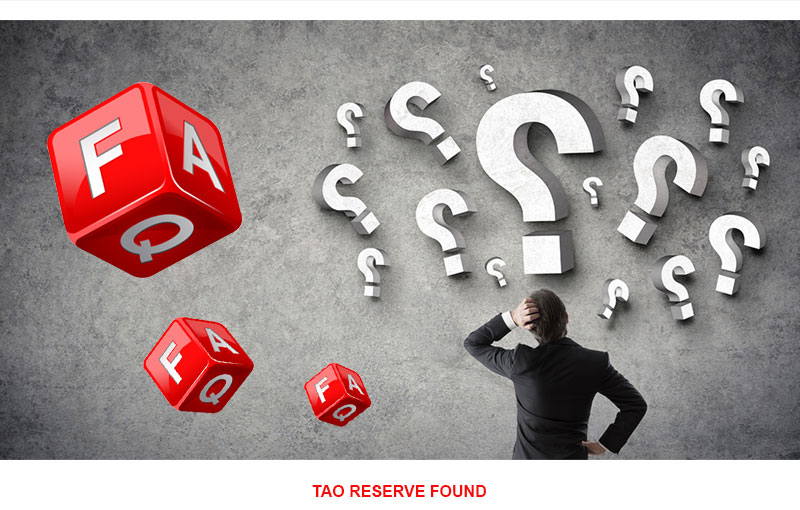 |
| |
Q. What is the HOA Reserve Fund and when was it created?
A. The reserve fund was established in late 2015 to be used to pay for unscheduled repairs to common assets of the Tao Community, including unexpected costs of damage or other unanticipated events that are not accounted for in the annual maintenance budget. This fund is mandated by Mexican condominium law and is common practice in the U.S. and Canada as well. By law, this fund must be equal to 25% of the annual expenses of the master condo regime and its sub-condominiums. An amount of $4,770 Mexican pesos per unit was set to meet this requirement.
Q. Is this an annual cost?
A. No, the Reserve Fund is a one-time assessment at least for now. Should unexpected events cause the need for increasing or replenishing the fund, the HOA Board will make the determination of how and when to do so. The target amount of 25% of the annual expense budget must be maintained, however.
Q. How is the Reserve Fund managed?
A. Any expenditure from the Reserve Fund requires approval by the Master Condo Regime Board and the homeowners in the community, typically in the annual General Assembly. All contributions to the Reserve Fund are maintained in a separate investment account that has been created with the homeowner assessments to date. Not all of the individual assessments are currently in the fund, as there are still buildings under construction and owners who have not yet taken possession of their units. When all units have been delivered and assessments paid, the Reserve Fund will total around $1.9 million pesos.
Q. I have not yet paid my Reserve Fund assessment because my unit is not ready yet. When should I expect to have to make my contribution to the Reserve Fund?
A. Homeowners who have not yet received their units will have one month following delivery by the developer to pay their Reserve Fund assessment. Any homeowners who have taken possession of their Tao property but have not yet paid the assessment have until October 31, 2017 to make their contribution. A 5% per month interest penalty will be added to the outstanding balance after this date.
|
|
|
|
 |
|
 |
|
Air Condition Maintenance
David (984) 131 5044
Plummer and Electrician, Handy Man
Humberto Morales (984) 164 1311
VIP General Services
Richard Nadeau (984) 207 8025
Executive Chef
Rubén López (984) 130 4176
rely01300@hotmail.com
Fumigation and Cleaning of Furniture
Leopoldo
leosofaclean@gmail.com
|
 |
|
Please do not hesitate to contact us if you have any further questions.
Warm regards,
|
RICARDO MAYA
HOA Manager
hoamanager@hoatao.com
YURITZIA CAMPILLO
Customer service
payments@hoatao.com
ANTONIO JIMÉNEZ
Communications Manager
communicationsmanager@taomexico.com
STACEY OLIVO
Accountant
contabilidad@hoatao.com
|
 |
 |
|
 |
 |
























